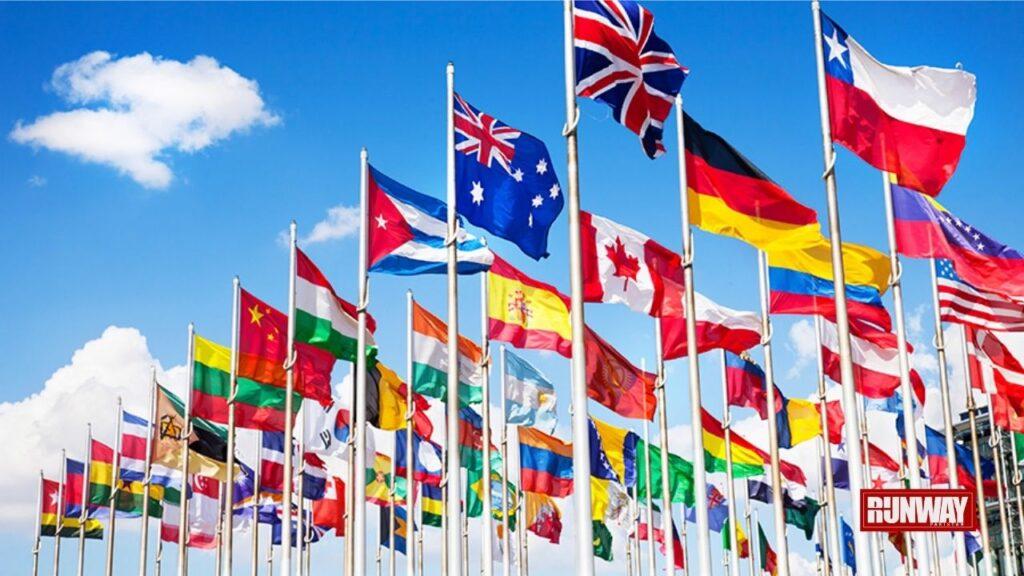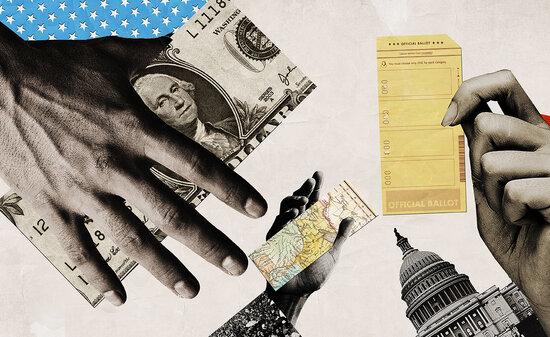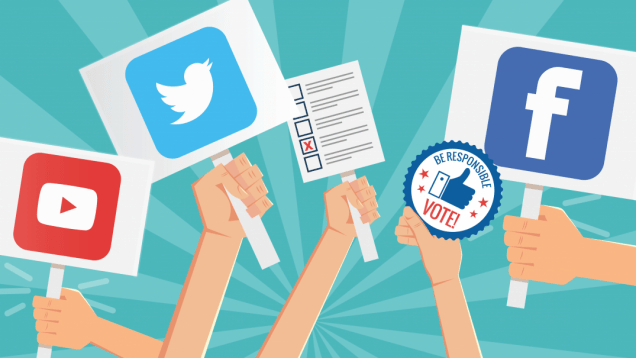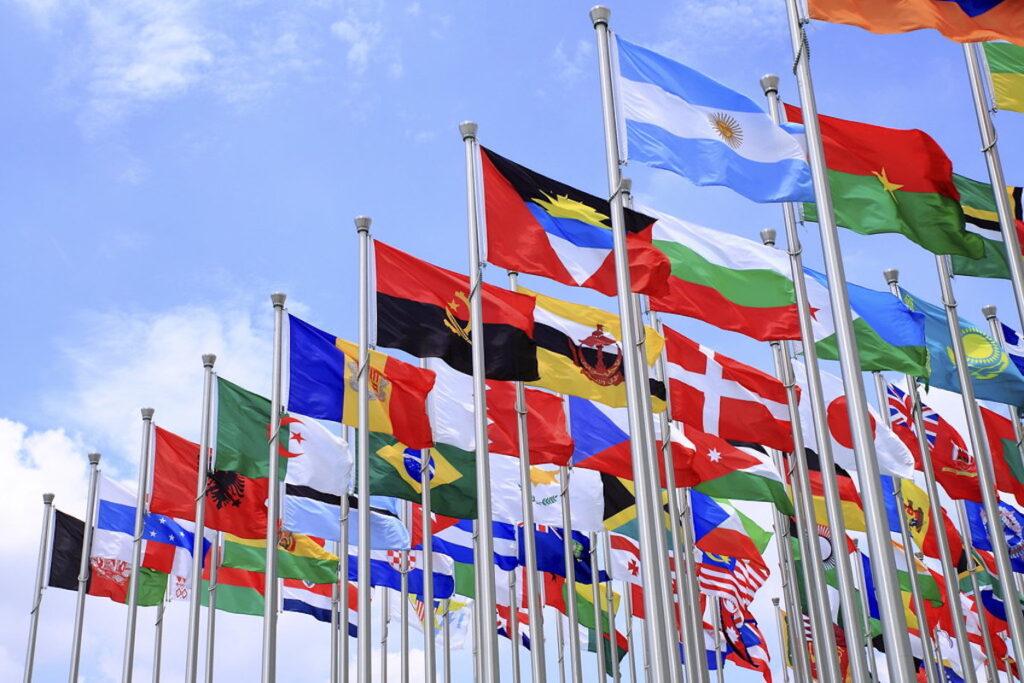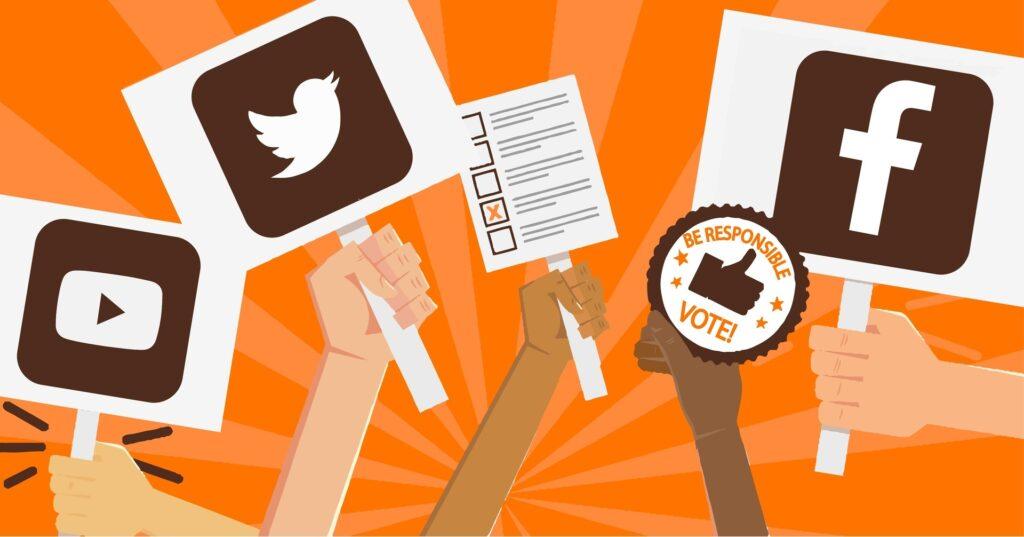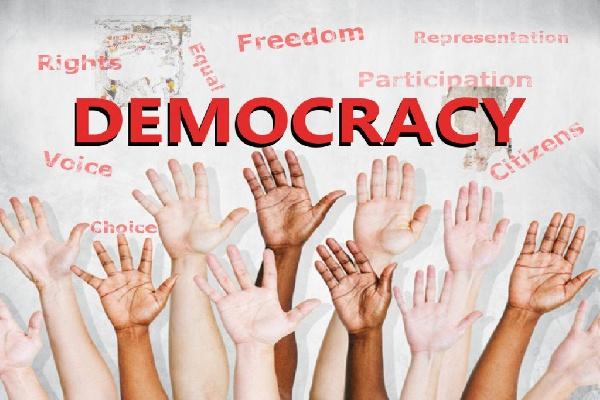This topic examines how advances in technology, such as artificial intelligence and blockchain, are changing the way politics is conducted, including their potential effects on voting systems, cybersecurity, and privacy.
Technology has transformed virtually every aspect of our lives, and politics is no exception. Advances in technology have created new opportunities and challenges for politicians, policymakers, and citizens alike. From social media to blockchain, the impact of technology on politics is far-reaching and continues to evolve rapidly.

One of the most significant ways in which technology is affecting politics is through its impact on voting systems. Traditional paper ballots are gradually being replaced by electronic voting systems that allow for faster and more accurate vote counting.
However, electronic voting systems also come with new challenges, such as the potential for hacking and voter fraud. Experts are exploring the use of blockchain technology in voting systems as a potential solution to these challenges.
Blockchain is a decentralized, tamper-proof ledger that could provide secure and transparent vote counting. However, the implementation of blockchain in voting systems is still in its infancy, requiring further research and testing.
Technology is also impacting politics through its role in cybersecurity. Cyberattacks on political institutions and campaigns are increasingly common, also the use of advanced cybersecurity measures has become essential to protect sensitive data and prevent election interference.
Cybersecurity experts are using artificial intelligence to bolster defenses by detecting and responding to cyber threats in real time. AI-powered cybersecurity tools can analyze massive amounts of data also identify patterns that human analysts may miss. Making them an invaluable tool in the fight against cybercrime.
Technology also shapes how political campaigns conduct themselves. Social media platforms such as Facebook and Twitter have become crucial tools for politicians to reach voters and mobilize supporters.
Social media allows for targeted advertising and micro-targeting, which can be highly effective in reaching specific groups of voters. However, the use of social media in politics has also raised concerns about the spread of misinformation and the potential for manipulation.
The Cambridge Analytica scandal, where a political consulting firm harvested personal data from millions of Facebook users without consent. Underscores the risks of technology in political campaigns.
Technology is also changing the way citizens engage with politics. Online activism and social media campaigns have become increasingly popular. Allowing individuals to raise awareness about political issues also organize protests and rallies.
Social media intensifies political polarization by exposing individuals to viewpoints that confirm their beliefs. Echo chambers online discourage engagement with opposing views, deepening division and polarization.
Another significant impact of technology on politics is its effect on privacy. The widespread collection also use of personal data by governments and private companies raise concerns about data privacy and security.
Critics have targeted law enforcement agencies’ use of facial recognition technology for potentially infringing on individuals’ privacy rights.
The GDPR in Europe and the CCPA in the United States are regulatory efforts safeguarding individuals’ privacy rights in the digital era.
Conclusion
Technology has had a significant impact on politics, creating new opportunities and challenges for politicians, policymakers, and citizens.
Electronic voting systems, blockchain, and artificial intelligence could revolutionize elections and bolster cybersecurity. Social media has become a critical tool for political campaigns, but it has also raised concerns about misinformation and manipulation.
Online activism and social media campaigns empower citizens in politics but also fuel polarization. The collection and use of personal data raise privacy and security concerns, prompting regulatory efforts to safeguard individuals’ rights.
As technology evolves, its political impact grows. Policymakers must vigilantly ensure tech promotes democracy, not undermines it. 온라인카지노
